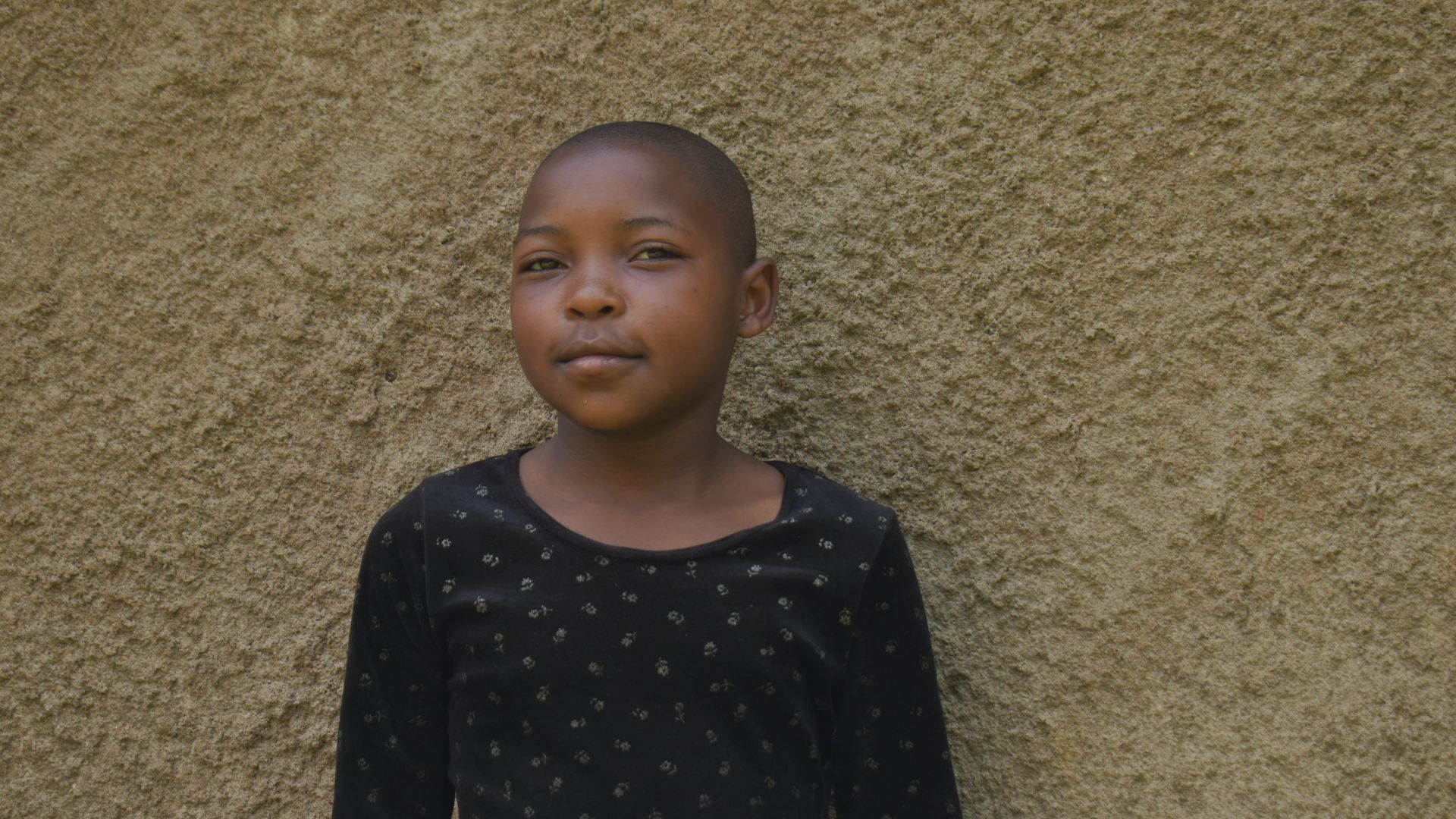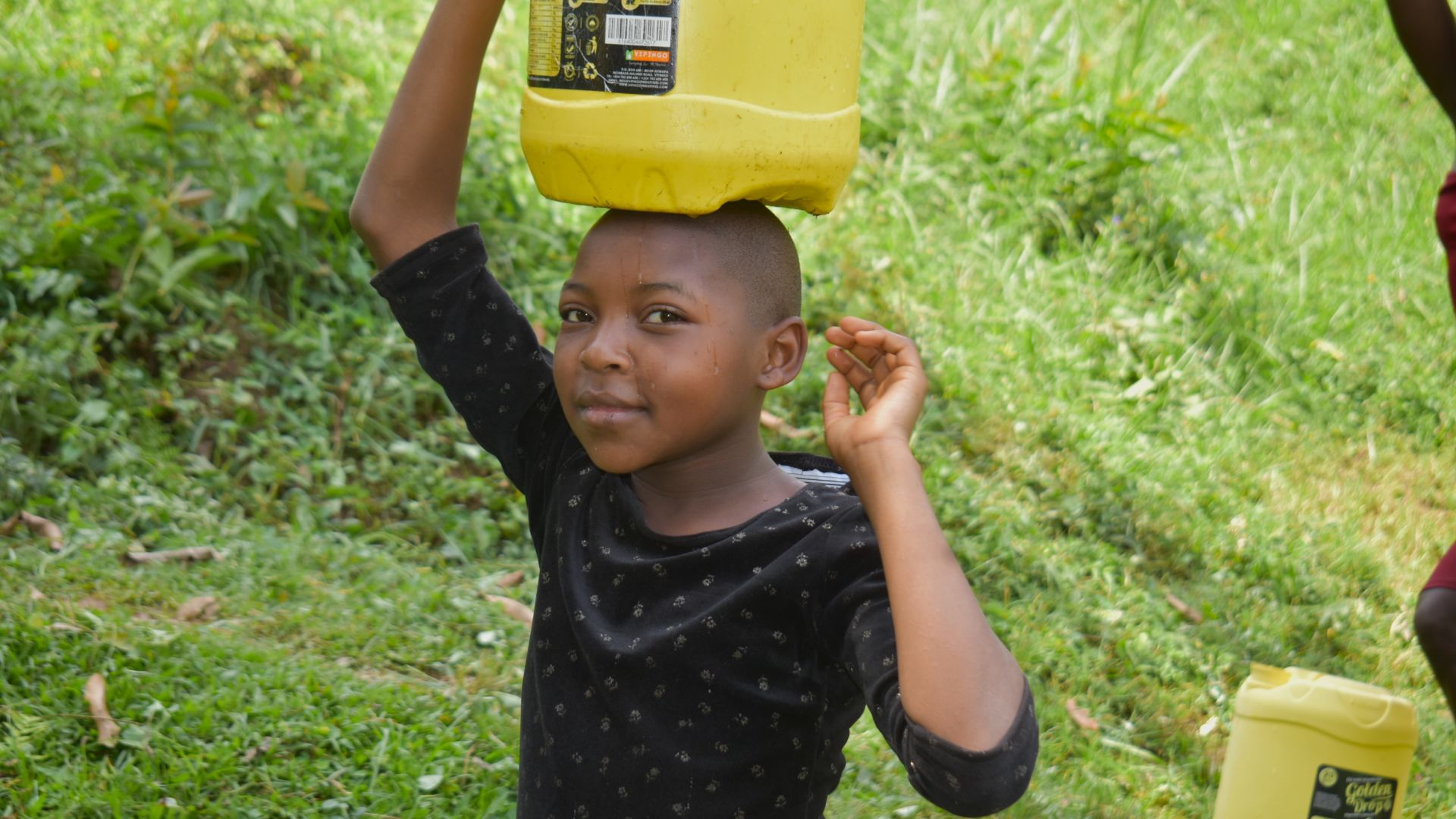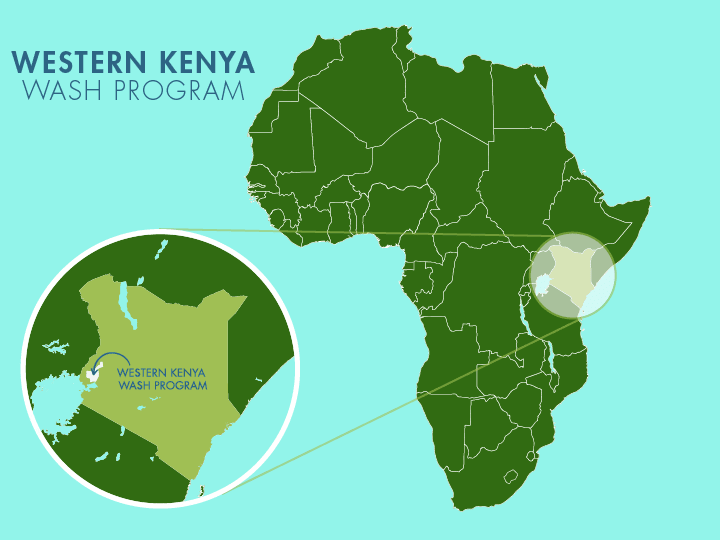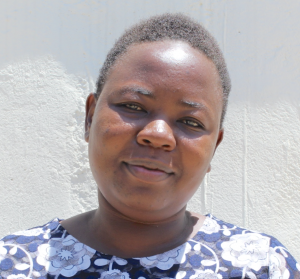The Illusia Spring in Lusasari Community is struggling to meet the needs of the 245 residents who depend on it for water. A glance at the spring reveals that it’s not equipped to serve such a large population, especially not with clean, safe drinking water.

An improvised discharge pipe provides only a weak trickle, leading to long queues and mounting frustration as community members spend hours waiting for the water they desperately need. When patience runs out—or when time doesn’t allow—people are forced to collect whatever surface water they can find, because daily responsibilities won’t wait. It's a scary, impossible choice.

An alternative water source - collecting surface water - when people don't have time to wait at the spring.
"The spring is partially protected, and the construction work was poorly done due to a lack of enough materials. As a result, a lot of water is leaking from beneath the pipe instead of flowing through it properly. This has caused a reduction in the discharge speed. Because of the slow flow, long queues form at the water point, leading to misunderstandings and conflicts among users," shared Field Officer Betty Muhongo.
Betty continued: "Several mothers told me they wake up as early as five in the morning just to get water before going to the farm or preparing children for school. The stress in their voices truly moved me, and I really feel sorry for them."

Neville.
Twelve-year-old Neville is very familiar with wasting time waiting to collect water, as she's responsible for helping her family collect water each day.
"Many people use the same water point, which leads to long queues, especially during evening hours when both children and adults are back from their respective places of work and school," said 12-year-old Neville.

Neville waits for her turn to collect water.
"As a child, [I] am always ignored or told to wait while people who are older than me fetch water first; some people use harsh words or shout at me. I have been pushed to the back of the queue at the water point, especially during dry seasons when other springs around are dry and the entire community depends on this water point alone, so people become impatient and try to force their way to the front.

Neville collecting water from the unprotected spring.
When we asked Neville if fetching water from the dysfunctional spring impacts her time at school, she said, "Yes, [I have] less time for homework and revision. I spend a lot of time fetching water instead of studying or doing homework, which affects my exam preparation. I normally feel worried about not finishing my homework or not having time to study for examinations because I spend hours fetching water."

It's a heavy burden for a young girl who would love to spend more time studying and enjoying her friends. She has dreams for the future, but those seem very far away when she doesn't have access to clean water.
"I want to finish school and become someone who can support my family and community by giving back to ensure they live a healthy and comfortable life."
Protecting the community spring could change that and give Neville a chance for a brighter future.
Steps Toward a Solution
Our technical experts worked with the local community to identify the most effective solution to their water crisis. They decided to safeguard the existing flowing spring.
Spring Protection
Springs are natural water sources that originate from deep underground. As water travels through various layers of the earth, it undergoes a natural filtration process, making it cleaner and safer to drink. To protect these spring sources from contamination, we construct a waterproof cement structure around layers of clay, stone, and soil. This design channels the spring water through a discharge pipe, facilitating easier, faster, and cleaner water collection.
Chlorine Dispenser
As an extra measure towards water quality safety, uniquely engineered chlorine dispensers are installed at all of our spring protection projects so community members can treat their water with pre-measured doses of chlorine. The chlorine treats any possible contamination and stays active for two to three days, ensuring water stays safe to use even when stored at home. Chlorine delivery and maintenance of the dispensers are part of our ongoing community support.
Community Education & Ownership
Hygiene and sanitation training are integral to our water projects. Training is tailored to each community's specific needs and includes key topics such as proper water handling, improved hygiene practices, disease transmission prevention, and care of the new water point. Safe water and improved hygiene habits foster a healthier future for everyone in the community. Encouraged and supported by the guidance of our team, a water user committee representative of the community's diverse members assumes responsibility for maintaining the water point, often gathering fees to ensure its upkeep.

 Protected Spring
Protected Spring
 Rehabilitation Project
Rehabilitation Project


















